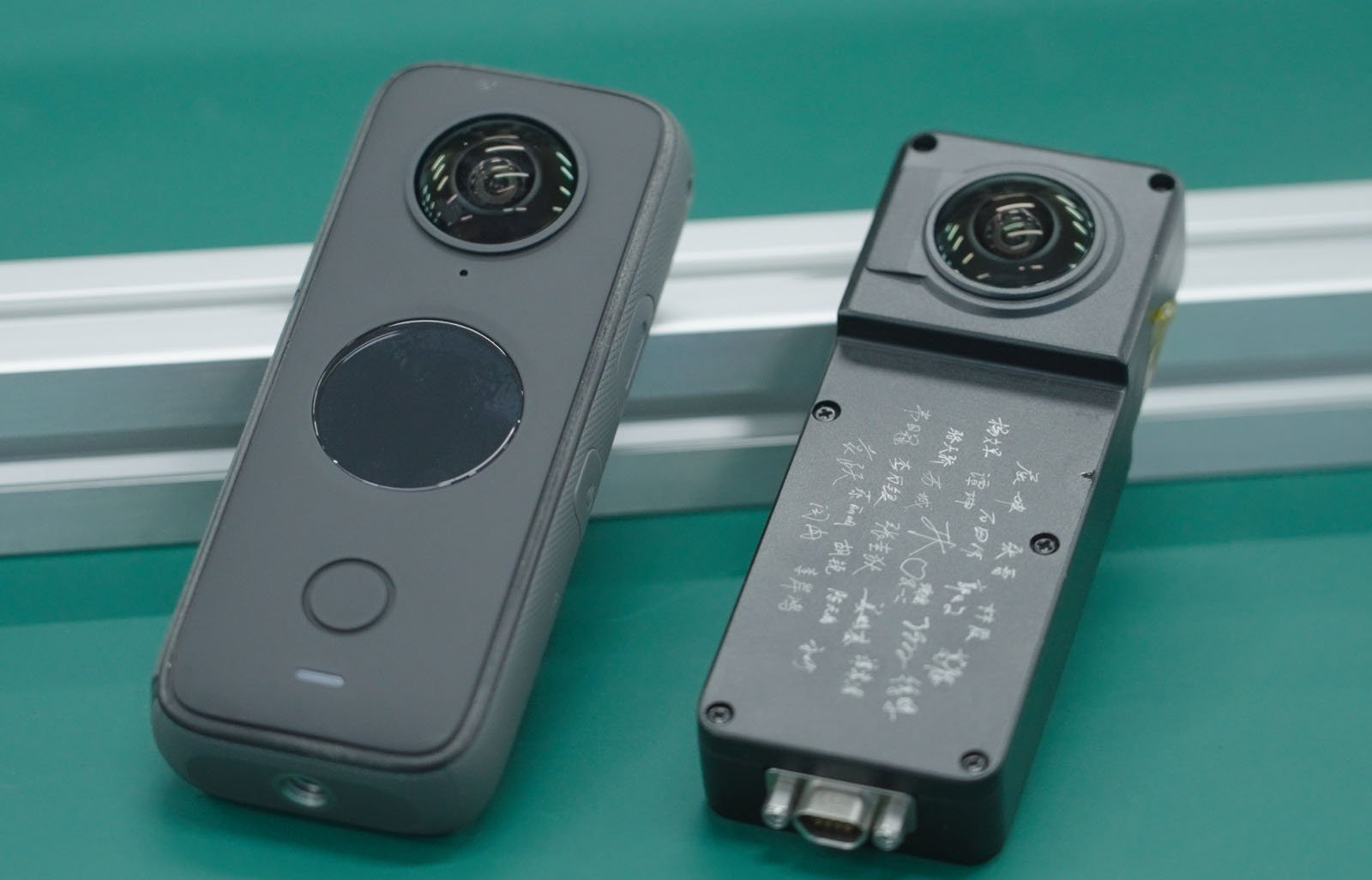First 360-Degree Action Camera in Space Captures New View of Earth
![]()
Insta360 has sent a pair of Instax360 X2 action cameras into outer space, and the cameras are now orbiting Earth, capturing 360-degree views of the planet, stars, and the Milky Way galaxy. The achievement marks the first time a 360-degree action cam has reached space.
The space cameras are the latest in a long string of unconventional ways that Insta360 has used its cameras. Last year, the company attached an Insta360 RS to an eagle to deliver a birds-eye view. Earlier this year, Karman Space put an Insta360 X3 on its Eclipse weather balloon and sent it 86,000 feet (26 kilometers) into the stratosphere.
![]()
Sending a couple of X2 cameras into space has been years in the making. Insta360 began its work on the project with Media Storm and SAR satellite company Spacetv in July 2021. Modifying the X2 cameras for their adventure took about a year, including six months of research and development. The solar-powered satellite carrying the X2’s was initially scheduled to launch in 2022 but was postponed due to the COVID-19 pandemic.
As the first fully exposed camera in space, it took considerable engineering to get the X2 ready for its voyage. While the X2 is rugged enough for Earth-based adventures straight out of the box, space is a whole new ballgame, and the team faced three primary challenges.
![]()
The X2’s materials must withstand extreme heat and frigid cold. The satellite orbits Earth every 90 minutes, with temperatures ranging from -70 to 50 degrees Celsius (-94 to 122 degrees Fahrenheit).

The cameras must also be resistant to radiation. While on Earth, the atmosphere protects people and objects from significant radiation, no such barrier exists in outer space. High-energy particles can rapidly destroy unshielded electrical components.
![]()
![]()
Beyond temperature and radiation, shocks and vibrations are a concern when rocketing a satellite into space. Once in orbit, there is little concern for shock, but if a camera is knocked out of position on the journey into space, it is impossible to adjust after the fact.
![]()
The team also needed to ensure that the satellite doesn’t block the X2’s lenses, enabling it to shoot 360-degree footage with the necessary stitching.
![]()
![]()
Engineers modified the X2’s lens, motherboard, and much more to ensure it was fit for space travel. The team conducted thousands of specialized tests to properly test the camera on Earth using special equipment, such as vacuum simulations and radiation generators. The X2 failed at extremely low temperatures during testing, which took about a month to resolve. Engineers also realized that radiation could affect the X2’s sealing glue, which then caused the camera’s lens to lose pressure and produce worse image quality. This issue was fixed, too, and the special X2’s even have gold foil protecting their cameras from radiation.
![]()
After all the extensive work and preparation, the Insta360 X2 cameras are now in space, successfully sending photos and videos to Earth using a specially developed communication network.
Image credits: Insta360